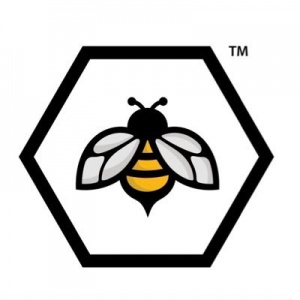The cannabinoids in cannabis interact with the body’s endocannabinoid system, which is responsible for maintaining homeostasis. The endocannabinoid system regulates a variety of functions, including mood, appetite, pain, and memory. CBD and THC are just two of the many cannabinoids that can have an effect on the body. In order to understand how cannabinoids work, it is important to first understand the endocannabinoid system.
While the cannabis plant produces over 100 unique cannabinoids, we’d like to call your attention to the most commonly known cannabinoids. By all accounts, there are a lot more cannabinoids that we don’t know about than what we do know about. As scientists apply research to the other cannabinoids they’ve identified, we expect to see a growing number of ways to use cannabinoids to improve our health.
What is the endocannabinoid system?
The endocannabinoid system is a network of receptors and cannabinoids that work together to maintain homeostasis in the body. Cannabinoids, like CBD and THC, interact with the endocannabinoid system to regulate functions like mood, appetite, pain, and memory. The endocannabinoid system is responsible for keeping the body in balance, and cannabinoids help to keep it functioning properly. When cannabinoids are introduced into the body, they bind to receptors in the endocannabinoid system and activate them. This activation can have different effects depending on which cannabinoids are used and what receptors they bind to. CBD and THC are just two of the many cannabinoids that can interact with the endocannabinoid system, and each one has its own unique effects. By understanding how cannabinoids work in the body, we can better understand how cannabis works to treat various conditions.
















